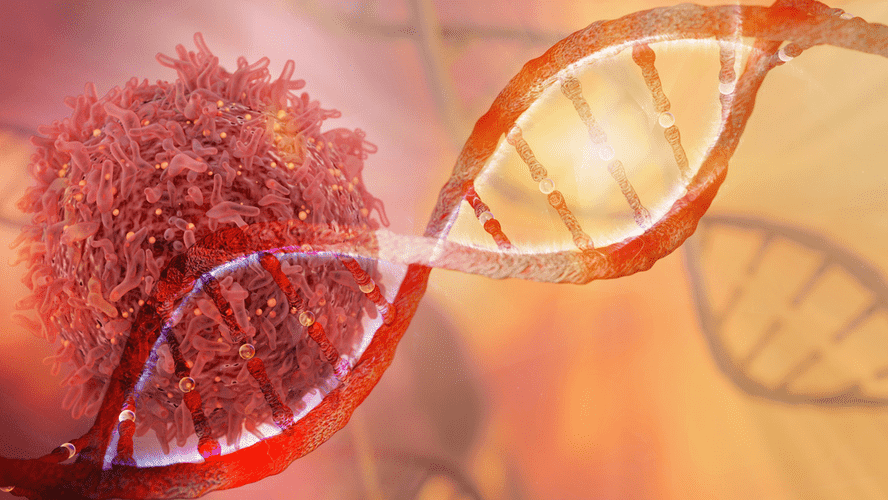Early Warning Signs of Teen Substance Use
Alcohol, cannabis, and nicotine use are often directly related to each other 226, 228 with all three often used in combination. Even use of one substance during adolescence can be predictive of use of other substances later in life 229. Moreover, these drugs can serve to augment the reinforcing properties of each other and continued use of one drug is predictive of relapse of another 230. When taken in combination, drugs can often have unexpected effects on the brain and body, making it critical to examine the effects of these drugs when they are taken in combination.

What is the most commonly used drug among teenagers?
Early exposure to drugs significantly raises the risk of developing substance use disorders later in life. Statistics show that individuals who try illegal drugs before the age of 13 are much more likely to develop these disorders within seven years. In 1991, around 30.4% of students in grades 8, 10, and 12 had used illicit drugs at some point. This percentage peaked in 1997 at approximately 43.3% before declining, landing around Oxford House 27% by 2023. Alcohol remains the most commonly abused substance, with approximately 62% of high school seniors reporting alcohol use by graduation.
Family Programs
A training workbook provides the information and charts needed for conducting the interviews. There are many warning signs that may indicate the abuse of drugs and alcohol by TEENs. Looking out for these signs can help you identify a TEEN, who may be abusing drugs and alcohol. Experts note that to encourage teens to reduce or stop substance use, it’s important give them other coping strategies to manage their problems without turning to substances. Similarly, progress monitoring, the periodic and reliable assessment of progress to evaluate and inform treatment, allows clinicians to adapt or problem-solve aspects of treatment in real-time and has shown some promising results 71. Progress monitoring is a feasible way of identifying individuals who may not be responding to treatment and allows for adaptation of treatment based on an teenage drug abuse adolescent’s needs.
- A review evaluating antitobacco mass media campaigns suggests that these media campaigns can be effective across various racial/ethnic populations for smoking prevention, although the size of the campaign effect may differ by race/ethnicity 39.
- Teenagers in Idaho are 7.98% less likely to have used drugs in the last month than the average American teen.
- The other two, PA and GBG, had other intents but nonetheless had the effect of reducing substance use as one of their outcomes, a likely result of the Rat Park Effect – that social and environmental enrichments in themselves reduce substance abuse and addiction.
- Studies show that 86% of teens know someone who drinks, smokes, or uses drugs during school.
- Methamphetamine can cause rapid heart rate, increased blood pressure, and damage to the small blood vessels in the brain that can lead to stroke.
- Nevertheless, it is encouraging that 62.6% of 12th graders reported abstaining from marijuana, alcohol, and nicotine in the past month, suggesting a noteworthy shift towards lower substance use amongst certain demographics.
Data availability and materials
The first of two interviews gathers information about the student’s drinking patterns and history, beliefs about alcohol, and provides instructions for self-monitoring drinking between the two interview sessions. Between interviews, students complete an online assessment survey which is used to develop a customized feedback profile that is reviewed in the second interview. The assessment survey compares an individual’s alcohol use with alcohol use norms, and assesses negative consequences and risk factors for heavy drinking along with perceived risks and benefits of drinking. The assessment results are discussed in the second interview which takes place approximately one or two weeks later.

